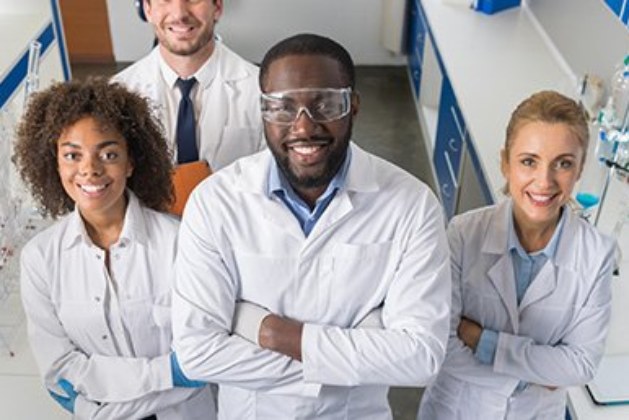Chromatography is an important discipline in the pharmaceutical industry, as well as the food and chemical industry. Many environmental testing labs use this technique to identify or quantitate small amounts of contaminants such as pesticides or PCBs presents in waste oil. Many a time, this technique is used to assess air quality or drinking water. In pharmaceutical, liquid chromatography-mass spectrometry is used to prepare large quantities of pure materials or track contaminants in pure compounds.
There are several other applications of HPLC method in the pharmaceutical industry such as plasma fractionation, insulin purification, and enzyme purification.
Purpose of Liquid Chromatography in Drug Discovery
In the early stages of drug discovery and development, the optimization, identification, and selection of several drug candidates require the utilization of analytical tools, such as liquid chromatography mass spectrometry or tandem mass spectrometry (LC/MS/MS). The use of these analytical methods accelerates discovery stages towards preclinical and clinical trials of drug development. With proper in vivo and in vitro models along with the right liquid chromatography technique, it is possible to reduce the timeline for drug production and costs, while improving the preparation of IND (Investigational New Drug).
Various samples such as urine, plasma, serum, tissue, or other in vitro samples are usually utilized in the lab in 50μl to 100μl aliquots. Hence, the analytical method of the experiment should have the ability and quality of detecting drug compound concentrations even at lower nanogram levels. A commonly used LC/MS/MS test approach includes using a chromatography method for the extracted sample. Then, an underlying drug molecule goes through electrospray ionization as a protonated molecular ion. This is carried out under solution conditions which are favorable for ionization and chromatography of the drug molecule.
The first mass spectrometer in the LC/MS/MS test detects the parent molecular ion, which is then induced to create a daughter ion fragment. This is detected using the second mass spectrometer.
This approach allows scientists to specifically detect and measure ionized drug compounds at lower nanogram levels.
The other chromatography approach, LC/MS depends on the chromatographic separation of components of the sample matrix and drug molecules. After separation, the protonated molecular ion is detected.
The reason why this method reduces the costs of experimentation and turnaround time is that scientists often have the option to club multiple samples from the drug candidates together and simultaneously assess them. The results are corrected to ensure dilution related sample pooling.
During the preclinical studies, liquid chromatography method helps with animal pharmacology, formulation, toxicology, safety, and the compliance of a new drug compound.
At every stage of drug development, liquid chromatography plays a significant role. During drug discovery, the HPLC method is utilized to establish the therapeutic value of the drug candidates or categorize natural or synthetic products. Then, DMPK (Drug metabolism and pharmacokinetics) use LC/MS or LC/MS/MS test for assessing pharmacokinetic and metabolic properties of the drug compound. The end goals of using all these methods are to identify a new, safe, and active chemical entity.
Without the use of liquid chromatography methods, it is not possible to achieve accurate, selective, and specific test results.






Leave a comment